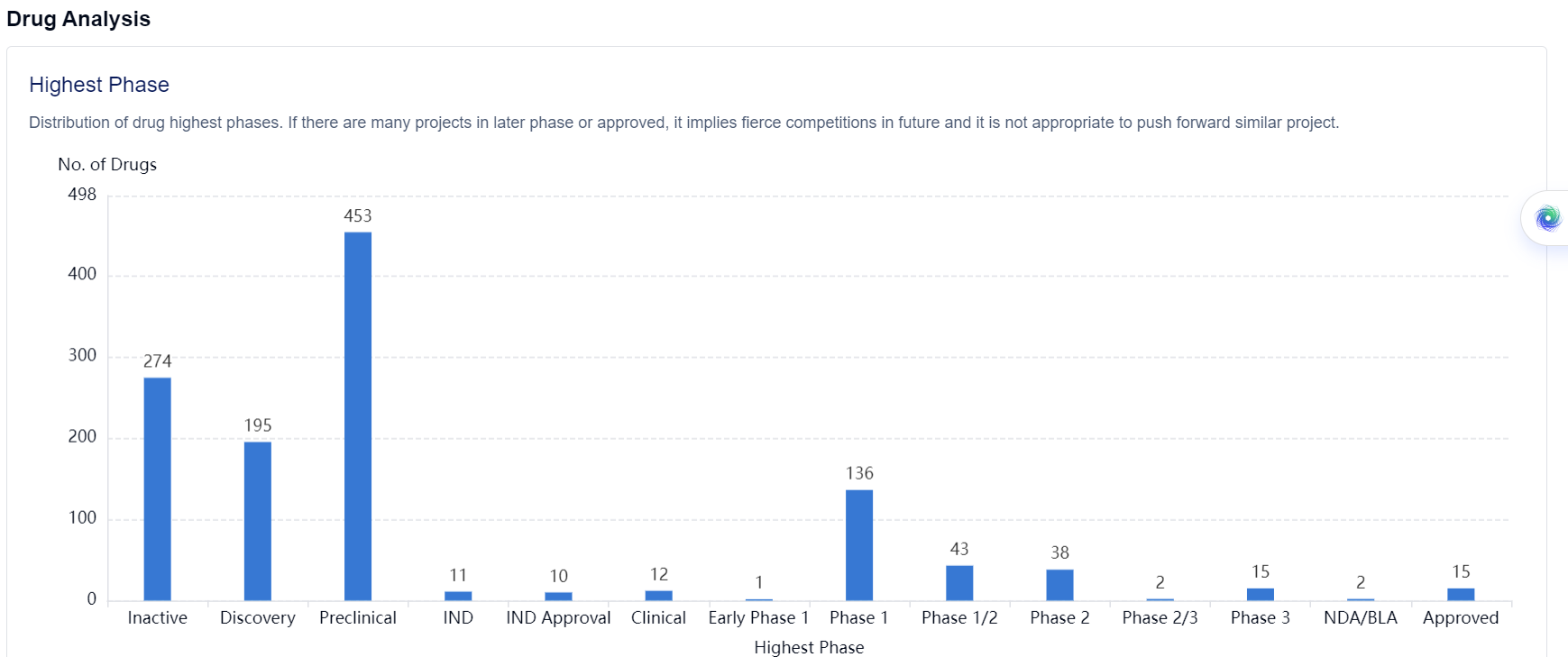The Development of Antibody Drug Conjugates: The New Smart Bombs?
Are antibody drug conjugates still the answer in cancer treatment? 🔬📚
We ask if antibody drug conjugates continue to live up to the hype in cancer treatment and what advances are needed to pave the way for their success.
Antibody-Drug Conjugates (ADCs): Three main components
Efforts to develop precision-guided treatment strategies have catapulted Antibody Drug Conjugates (ADCs) to centre stage in drug arsenals. There have been many developments of ADCs over time, but the most notable were the development of ADCs that could be administered as therapeutics to patients with cancer.
ADCs are fitted with an antibody and a drug payload through a linker. ADCs take advantage of the specific binding between antibodies and antigens found on target cells, with the goal to deliver efficient and specific drug delivery. The mechanism of action involves selectively targeting cell surface proteins on tumour cells. The ADC is internalised and released, where upon the payload leads to cell death.
The Evolution of ADC Technology:
The first ADC approved was Gemtuzumab ozogamicin (Mylotarg) to treat acute myeloid leukemia, which dates back to 2000. Further ADCs were developed, where the basic payload or drug were radio conjugates and microtubule inhibitors.
ADCs have shaped the development of treatment strategies. However, the search for the right combination of components for ADCs has sparked an arms race, and companies are pushing the boundaries to develop a new style of precision warfare to optimise drug delivery.
You can’t really know where you are going until you know where you have been” – Maya Angelou
Through interrogating intelligence in clinical trials, literature, and patents, researchers can become well-informed on how ADCs could potentially fail and how they could be put together.
Has the field of ADC development taken off? 🚀
Despite many ADCs being discontinued, ADCs represent a key technical advancement for drug delivery. There are over 247 in Clinical study, 15 are approved with many more being developed.
Arguably, ADC development is a popular and active area of development for the next generation of drugs.

Are ADCs truly targeted agents? 🎯
In general, ADCs pose increasingly serious threat to tumour cells. However, there are some major concerns in the development of ADCs, such as the Bystander effect where neighbouring cells can be impacted, as well as dosage limitations.
Considerations for ADC development:
Researchers are seeking to develop sophisticated linkers, optimise antibodies and improve payload selection in ADC development to accurately hit targets.
We note in this article, the considerations in the development of ADCs:
- Conjugation site
- Linker length
- Linker steric hindrance
- Drug-antibody-ratio (DAR) profiling
- Conjugation chemistry (Cleavable and non-cleavable linkage)
Hot topics in the ADCs discussion right now:
- How do we improve the safety profile of ADCs?
- What efforts are being made to better understand the target landscape?
- Enhancing linker technologies
Want to know more? Check out our Bio and Synapse platforms! 🧬🏥

Comments
0 comments
Please sign in to leave a comment.